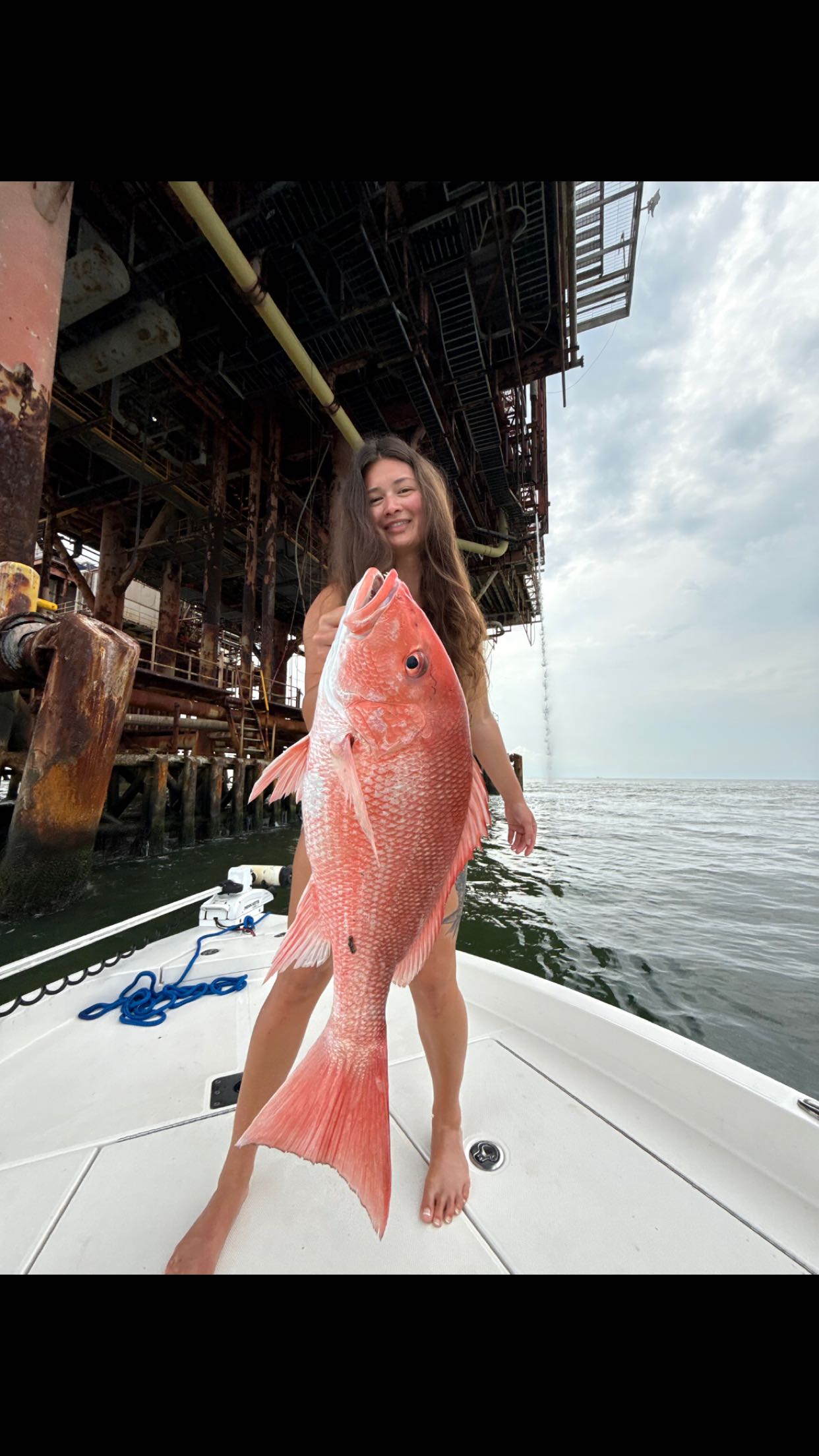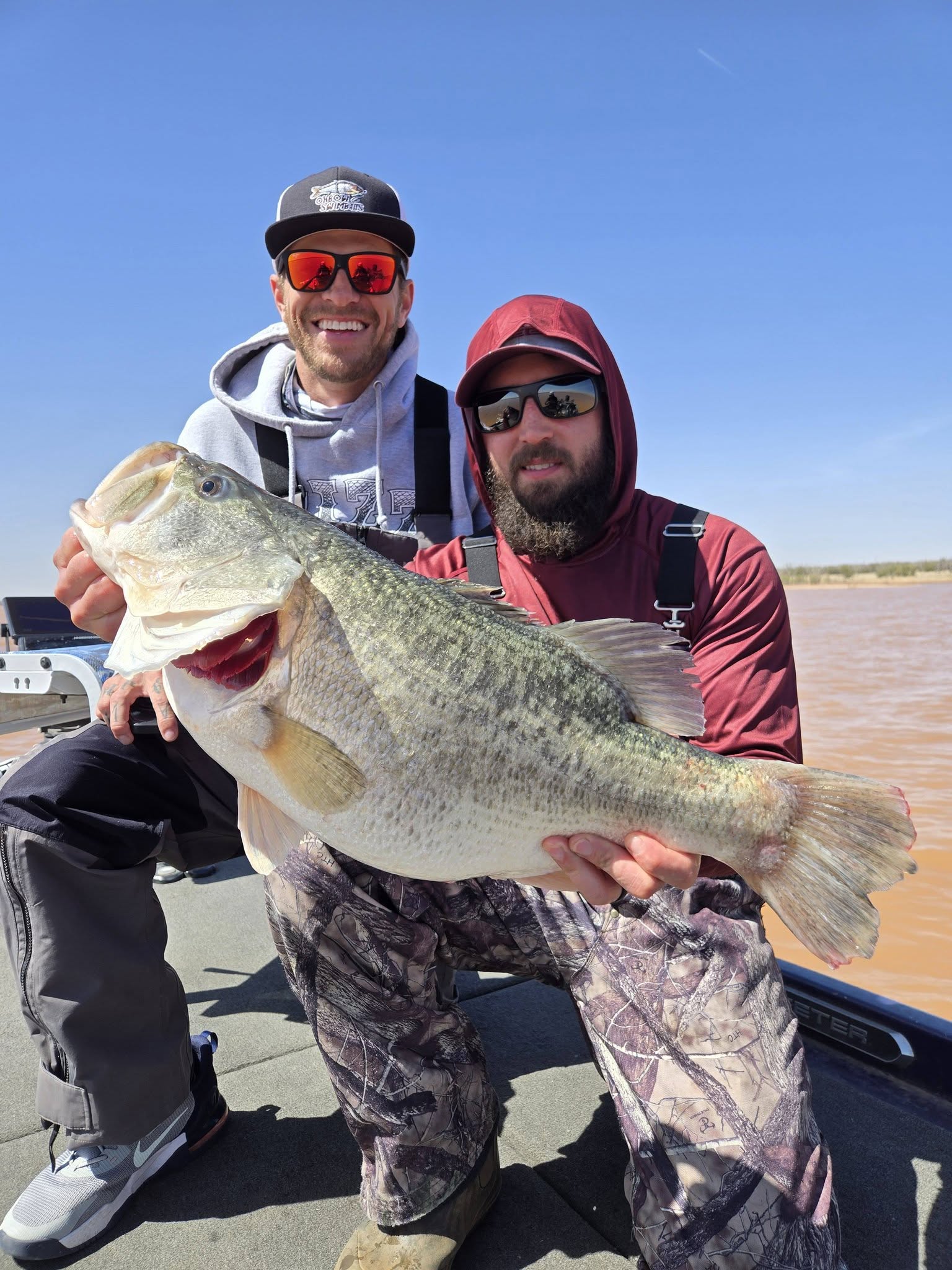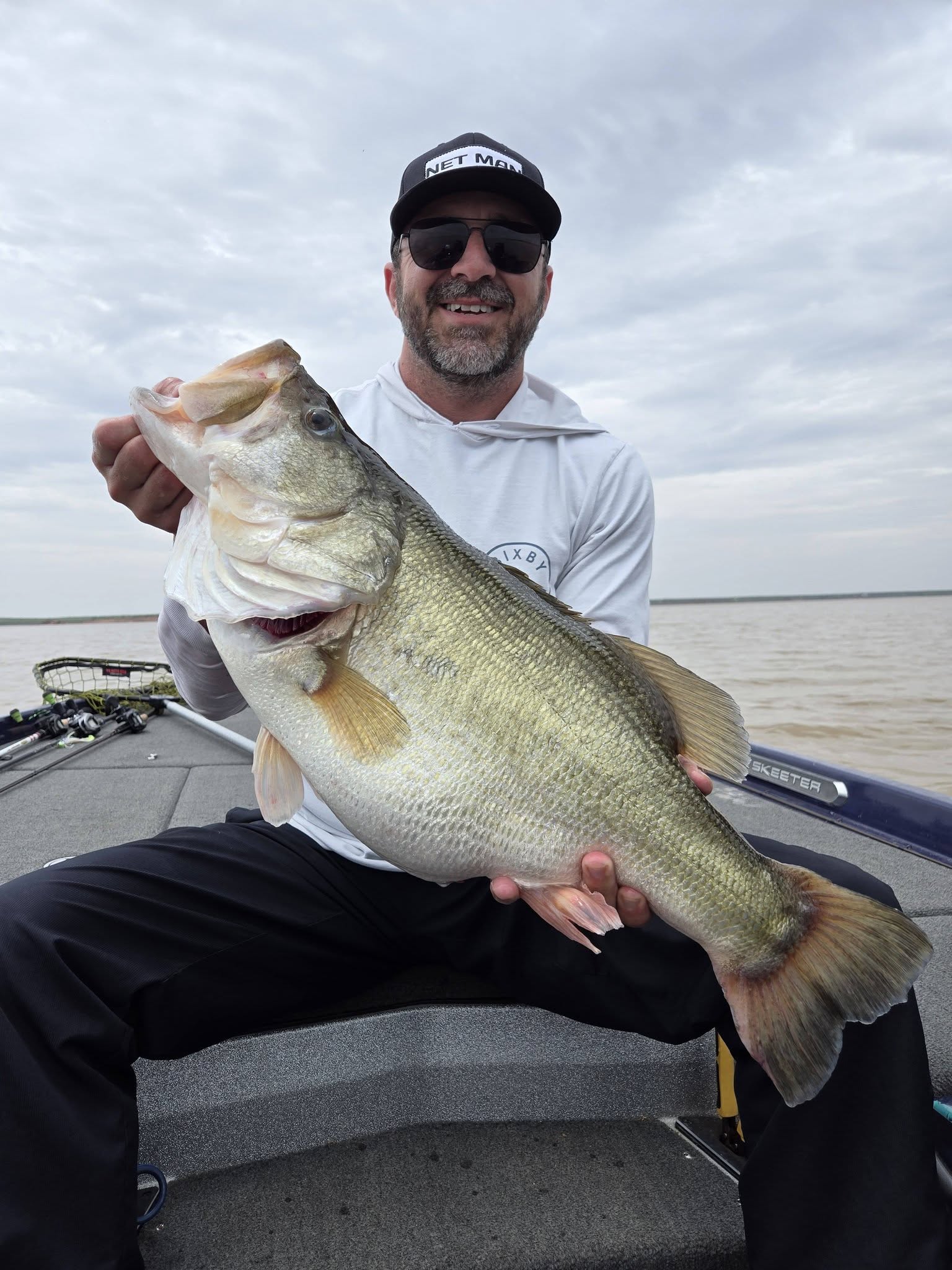Deep Sea, Nearshore Fishing in Panama City Beach
Red Snapper Re-Open December!
Deep Sea, Nearshore, Jetty in Venice
Nearshore Red Snapper Charter
Venice Inshore Fishing Charter
Inshore, Nearshore Fishing in Clinton
5HR Trip PM Bottom/ Reef
Inshore, Nearshore Fishing in Clinton
3hr PM Trip Quick Fun Action
Inshore, Nearshore Fishing in Clinton
5HR After Work Special (3pm-8pm)
Inshore, Deep Sea, Nearshore in Tamarindo
27’ Budget-Friendly Fishing
Inshore, Deep Sea, Nearshore in Tamarindo
31-Foot Gamefish Power Run
Trophy Largemouth Fishing
Inshore-to-Offshore Adventure 35ft
We started Captain Experiences to make it easy to book fishing and hunting guides around the world. With over 2,000 Damn Good Guides, our platform makes finding and booking a trip seamless. Head here to check out our trips.
If you're looking to add a little excitement to your fishing, jigging is the perfect technique to try. Jigs are lures that are designed to be bounced or jigged along the bottom of the water. This can be an extremely effective way for beginners to catch fish, as it allows them to cover a lot of ground and search for fish in many different areas. Here we will discuss the basics of jigging from what types of jigs to use and the best techniques for each situation. We'll also discuss some of the species you can expect to catch with a jig.
Types of Jigs
Jigging is a great way to cover a lot of water and find fish that are hiding in various types of cover. There are many different types of jigs available, so it's important to choose the right one for each situation. When jigging for bass in heavy cover you'll want to use a heavier jig that can sink quickly and push through vegetation. When jigging for speckled trout in open water you'll want to use a lighter jig that has more action and is easy to control.
There are two main types of jigs: casting jigs and flipping jigs. Casting jigs are designed to be cast out into the water and then jigged back to the shore. Flipping jigs are designed to be flipped or pitched into heavy cover. These jigs are usually heavier and have a more compact design, which makes them less likely to get snagged on vegetation.

Applying Your Jigging Skills
When it comes to jigging techniques, there are a few different methods that you can use. The most common is simply lifting the jig up and down in short hops. This technique is effective for many species of fish, but can be especially effective for bass and trout. Another common technique is known as snap jigging, which involves quickly snapping the rod tip up and down to create a jerky motion with the jig. This technique is often used for species such as walleye and pike.
Jigging techniques can vary depending on the type of jig you're using and the situation you're in. For example, if you're jigging for bottom-dwelling fish, you'll want to let your jig sink all the way to the bottom before beginning a slow, steady retrieve. If you're jigging for suspended fish, on the other hand, you'll want to keep your jig moving at all times. The key is to experiment and see what works best in each situation!
Fish Species to Target While Jigging
There are many different species of fish that can be caught with jigs, but some of the most popular include bass, trout, walleye, and pike. In saltwater, some of the most popular jigging targets are snapper, grouper, and amberjack. When choosing a jig, it's important to consider what type of fish you're targeting. For example, if you're after bass, you'll want to use a jig that imitates their natural prey – such as a minnow or crawfish. If you're after trout, on the other hand, you'll want to use a jig that resembles a small insect or baitfish.
Jigging is an exciting and effective way to catch fish especially for beginners! Using these tips, you'll be able to choose the right jig and jigging technique for any situation. With a little practice you'll be on the bite.
Milo Kashey
Updated on July 31, 2023

June 22, 2022

January 7, 2022

November 15, 2023

June 28, 2023

July 31, 2024
Related Articles
November 7, 2022
September 1, 2022
October 2, 2022
Featured Locations
- Fishing Charters Near Me
- Austin Fishing Guides
- Biloxi Fishing Charters
- Bradenton Fishing Charters
- Cabo San Lucas Fishing Charters
- Cancun Fishing Charters
- Cape Coral Fishing Charters
- Charleston Fishing Charters
- Clearwater Fishing Charters
- Corpus Christi Fishing Charters
- Crystal River Fishing Charters
- Dauphin Island Fishing Charters
- Daytona Beach Fishing Charters
- Destin Fishing Charters
- Fort Lauderdale Fishing Charters
- Fort Myers Fishing Charters
- Fort Walton Beach Fishing Charters
- Galveston Fishing Charters
- Gulf Shores Fishing Charters
- Hatteras Fishing Charters
- Hilton Head Fishing Charters
- Islamorada Fishing Charters
- Jacksonville Fishing Charters
- Jupiter Fishing Charters
- Key Largo Fishing Charters
- Key West Fishing Charters
- Kona Fishing Charters
- Lakeside Marblehead Fishing Charters
- Marathon Fishing Charters
- Marco Island Fishing Charters
- Miami Fishing Charters
- Montauk Fishing Charters
- Morehead City Fishing Charters
- Naples Fishing Charters
- New Orleans Fishing Charters
- New Smyrna Beach Fishing Charters
- Ocean City Fishing Charters
- Orange Beach Fishing Charters
- Panama City Beach Fishing Charters
- Pensacola Fishing Charters
- Pompano Beach Fishing Charters
- Port Aransas Fishing Charters
- Port Orange Fishing Charters
- Rockport Fishing Charters
- San Diego Fishing Charters
- San Juan Fishing Charters
- Sarasota Fishing Charters
- South Padre Island Fishing Charters
- St. Augustine Fishing Charters
- St. Petersburg Fishing Charters
- Tampa Fishing Charters
- Tarpon Springs Fishing Charters
- Venice Fishing Charters
- Virginia Beach Fishing Charters
- West Palm Beach Fishing Charters
- Wilmington Fishing Charters
- Wrightsville Beach Fishing Charters
































